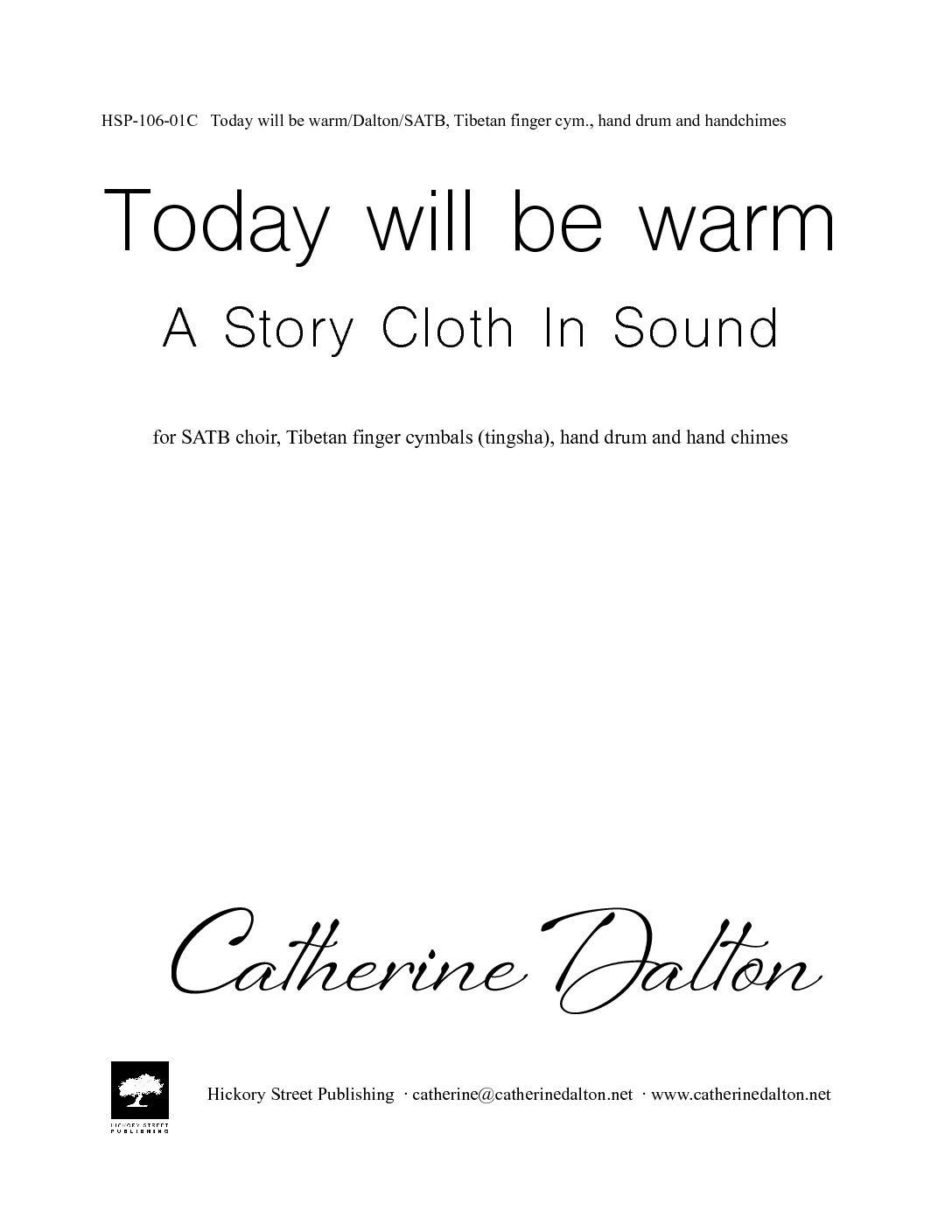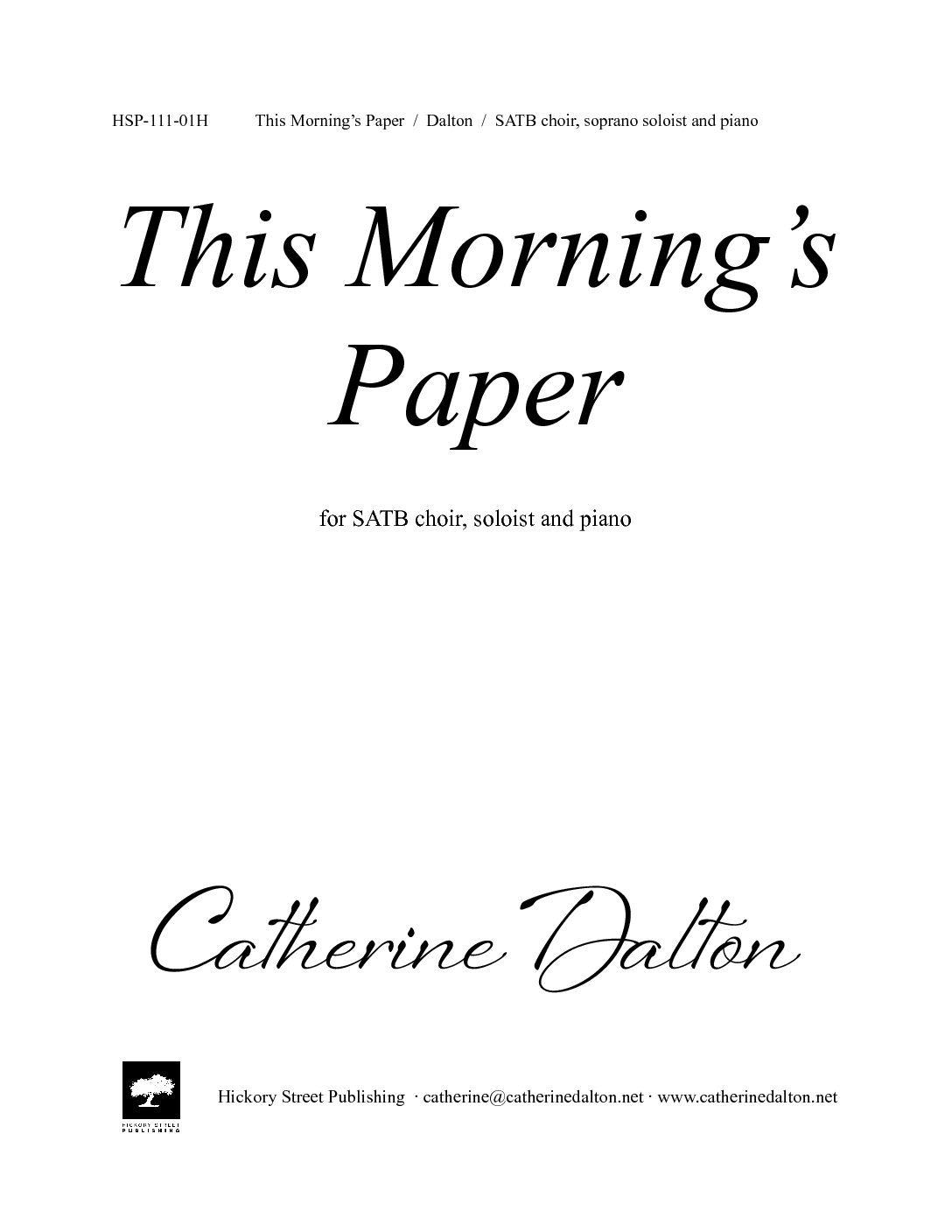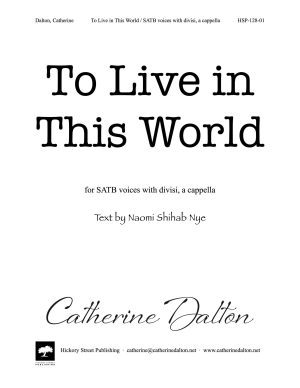Description
From the State of Emptiness blends my memories of Tibetan monks chanting heard during my travels in Tibet, with the melodic shape and texture of Western chant. In weaving these two styles together my intention was not to emulate any one style of sacred music, but to bring my own sacred experience to the creation of new music.
Text
O Mani Padme Hum
From the State of Emptiness,
the self flows freely to the sky
breathing the sweet breath of life.
From the State of Emptiness,
the self flows deep within the earth
awakening what once was asleep.
From the State of Emptiness,
I becomes the We,
Self becomes the Whole.
O Mani Padme Hum
Catherine Dalton, 2009
Critical Acclaim
“haunting” ~ Winnipeg Free Press Review





Reviews
There are no reviews yet.